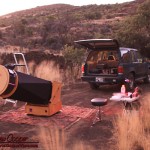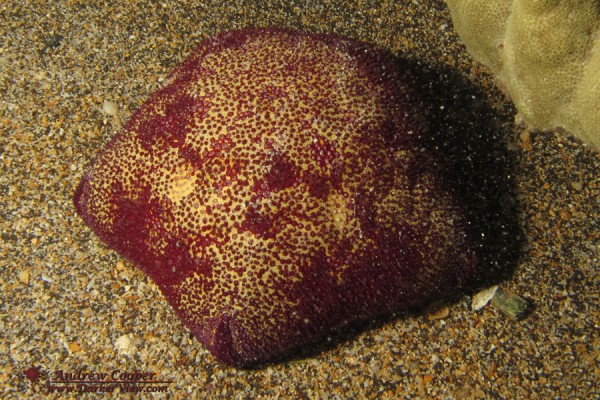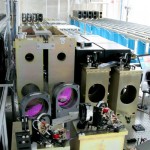Called Black Point by most divers, found as Malae Point on maps, whatever the name it is a great dive area. The plan is simple, rendezvous at Kohala Divers. Some folks need fills, and others need to toss their gear into one of the 4WD vehicles needed to reach the shoreline. The Kohala coast is a diver’s delight, just about anywhere you can get to the water you will find a good dive site. But there are few easy access points, anything else requires a rough ride down rocky roads to the water. We have a few routes we have explored, this weekend we would use one of our favorites, a small strand we have named Lone Kiawe Beach.

Just out from the beach are several great caves in about 30-40ft of water. These are pretty big caves, with multiple entrances through the heavy coral. Perhaps they were originally lava tubes, though eons of wave action have sculpted and expanded the caverns to include numerous nooks and shelves. Many are in a ledge about 20-30ft below the surface, a structure that may have once been a shoreline during some age of lower sea level. Lobsters, nudibranch, cowries and more to be found during a careful exploration. I attempt to move slowly to avoid stirring up silt. Adjusting my buoyancy I hover and probe the recesses with the light. Dozens of red ‘ala’ihi scatter, avoiding the beam, withdrawing into narrow places I cannot reach. Here and there ‘upāpalu hover, awaiting the night to leave the cave and hunt.

We spend our surface interval talking story in the shade of the large kiawe tree. Breaking out drinks and munchies there is time to simply enjoy good company and celebrate the experience. Sit back, gaze at the blue water and remember… We live in Hawai’i.
The second dive goes much as the first. Nothing particularly spectacular found on the dives. No great photos on the card when I downloaded the SD card. Just a nice morning spent underwater on a beautiful Kohala day. Returning to Kawaihae we celebrate yet another local experience, burgers at Kohala Burger and Taco. A day to remember.






